|
|
Istana Bogor
Bogor, Jawa Barat
Constructed 1744
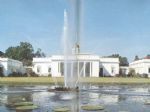 Face of Bogor Palace is now presumably not much different from when it was rebuilt in 1850. Courtyard of the Palace complex of 24 hectares has about 100 large trees growing, some are as old as the building, and others are older. In its widely stretching grassland around 200 deer seem to roam, derived from six pairs of adri deer of Mainland Asia originally brought in the palace in 1811. The tame deer create a relaxed atmosphere, very harmonious with geese often diving in the swimming-pools in the back and front of the palace full of growing lotus flowers. Magnificent building that seems to set in the midst of tropical greenery is indeed appropriate for refuge from the heat and bustle of Jakarta city. No wonder that the land has been selected by Governor-General of Holland G.W. Baron van Imhoff as a place to establish his rest house in 1745.
Face of Bogor Palace is now presumably not much different from when it was rebuilt in 1850. Courtyard of the Palace complex of 24 hectares has about 100 large trees growing, some are as old as the building, and others are older. In its widely stretching grassland around 200 deer seem to roam, derived from six pairs of adri deer of Mainland Asia originally brought in the palace in 1811. The tame deer create a relaxed atmosphere, very harmonious with geese often diving in the swimming-pools in the back and front of the palace full of growing lotus flowers. Magnificent building that seems to set in the midst of tropical greenery is indeed appropriate for refuge from the heat and bustle of Jakarta city. No wonder that the land has been selected by Governor-General of Holland G.W. Baron van Imhoff as a place to establish his rest house in 1745.
Notwithstanding since the early 18th century Batavia city (Jakarta) began to develop into a beautiful area to live, but weather of Batavia was presumably hot all the time for the Dutch. Since then, many of them looked for resorts outside the city with cooler weather, as van Imhoff conducted by establishing the rest house named Buitenzorg (san Souci, no matter). Buitenzorg name was then used to mention the surrounding neighborhoods.
At the first construction, its shape design was not like Bogor Palace we recognize today. Van Imhoff made a sketch of the building by taking models of Blenheim Palace, the residence of Duke of Marlborgh near Oxford town, in England. He diligently built it, but until he was replaced in 1750, the building was still far from finished. On the contrary, the rebellion of Banten people in 1750-1752 resulted in the rest house of van Imhoff to be a victim. In 1752 troops of Banten attacked Kampoeng Baroe and burnt all the edible fire. Banten People felt aggrieved because Cisadane area providing many crops has been furnished to the Dutch Company or the Queen Syarifah, controlling the Sultanate of Banten at that time. Rebellion happened under the leadership of Kiai Tapa and the Ratu Bagus Buang, two heroes who fought bravely against the Company, but eventually defeated and withdrew to the east, agreement at the end of the war stipulated that the Sultanate of Banten became spoil of the Company.
As a result of attack of Banten forces, the rest house in Butenzorg underwent enormous damages. Substitute of van Imhoff, Yacob Mossel, rebuilt it by maintaining its original shape, for a member of the Indian Council advised that its shape should not be changed since the building of Buitenzorg was a replica of Blenheim palace.
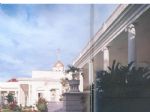
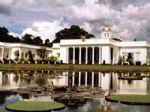
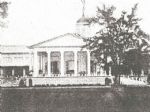
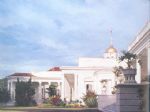
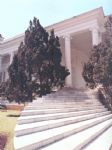
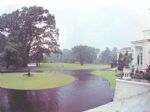
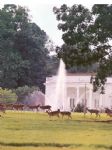
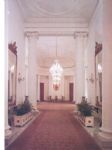
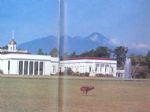

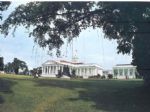
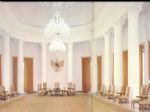
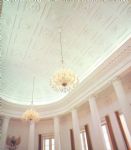
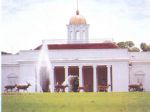
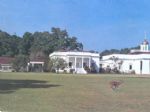

|
